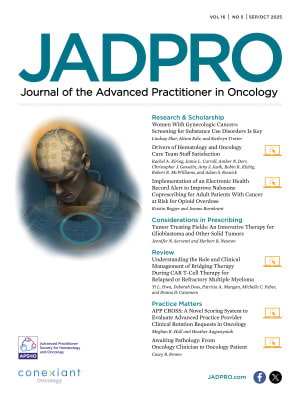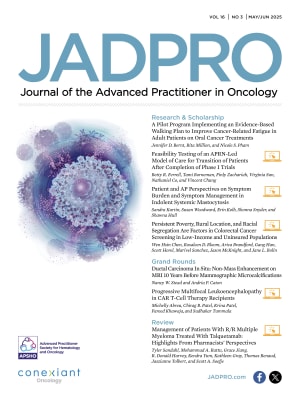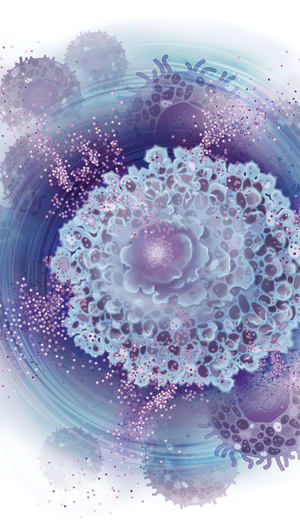Abstract
Background: Indications for the use of cytomegalovirus (CMV)-negative and irradiated blood products (IRBP) are not standardized and are often poorly understood by providers. This project evaluated the use of a transfusion algorithm in an outpatient oncology clinic to reduce the risk of transfusion-associated graft-vs.-host disease (TA-GVHD) and eliminate the improper use of CMV-negative and irradiated blood products. Objectives: The aim of this project was to increase the correct use of CMV-negative and irradiated blood products at an outpatient oncology clinic by establishing a transfusion algorithm, to evaluate the effectiveness of clinical transfusion algorithms on the use of specialty blood products, and to educate providers on TA-GVHD. Methods: This quasi-experimental project compared 12 weeks of transfusion data before the implementation of a transfusion algorithm to 12 weeks of transfusion data after the algorithm was introduced. A pre- and post-test survey measured the satisfaction and the impact of the education. Findings: The transfusion algorithm resulted in a clinically significant increase in the correct use of both CMV-negative and irradiated blood products at an outpatient oncology clinic. The education in-services provided to staff about TA-GVHD and the indications for irradiated blood product resulted in a significant increase in provider knowledge on ordering specialty blood products.







